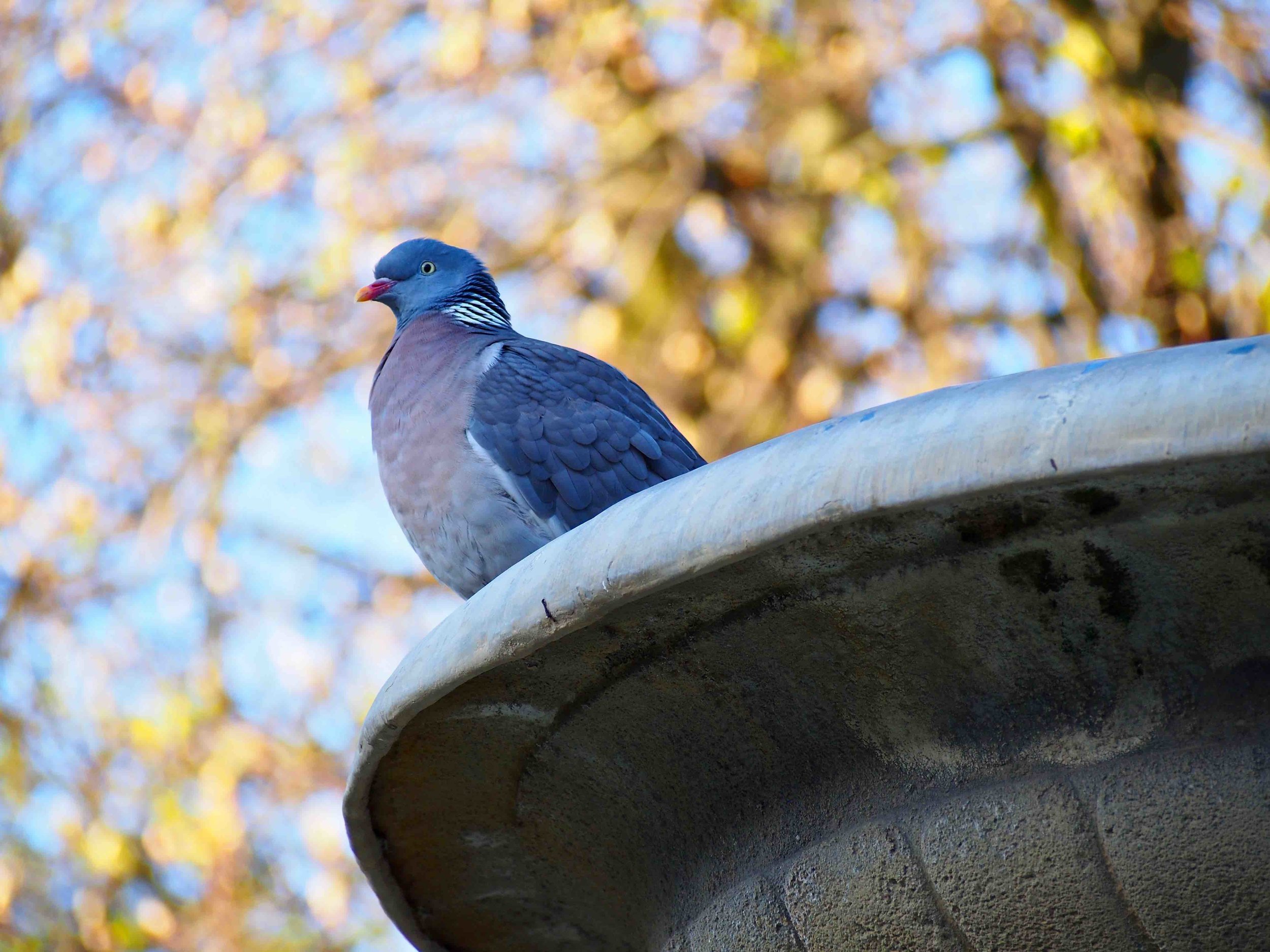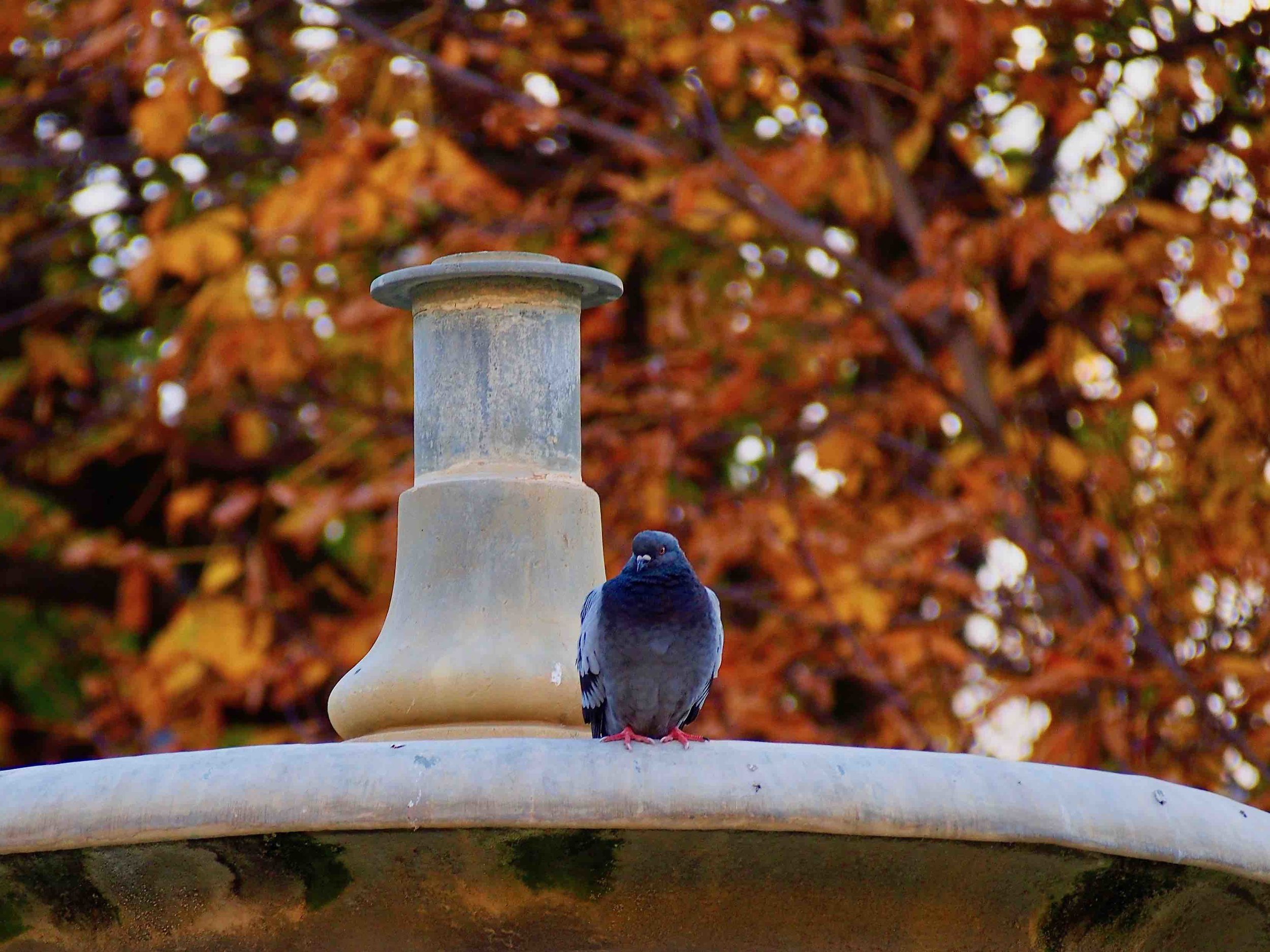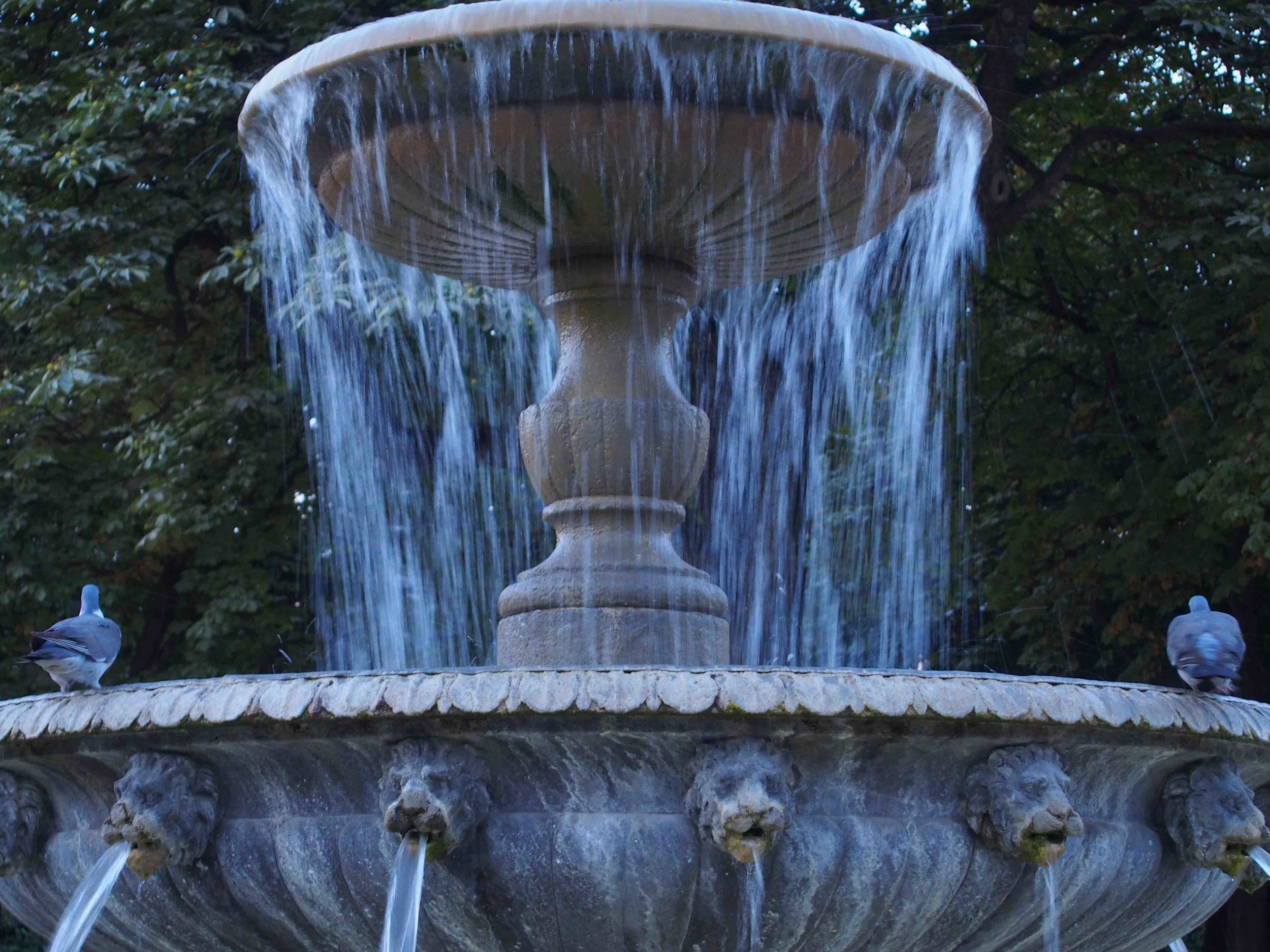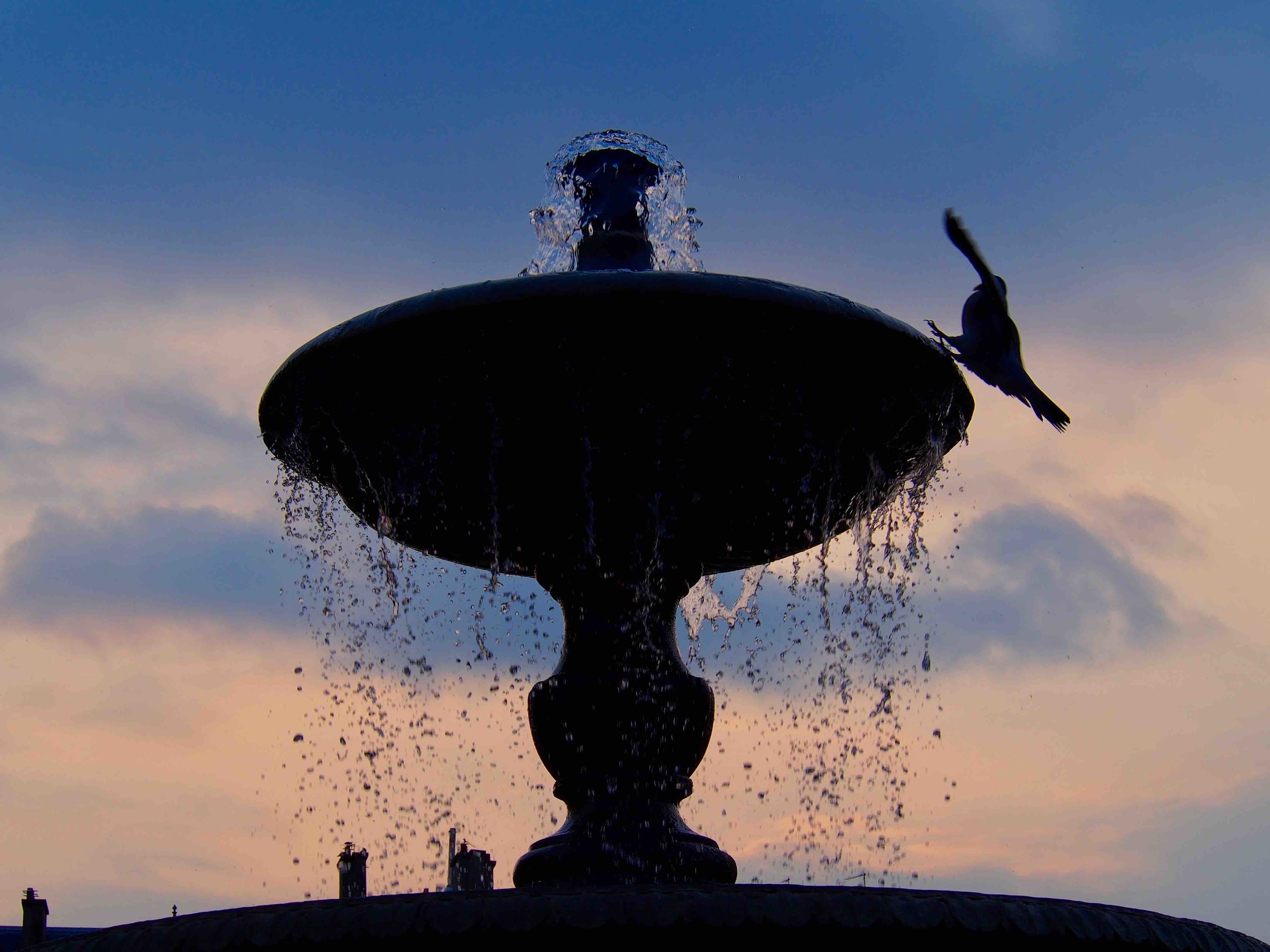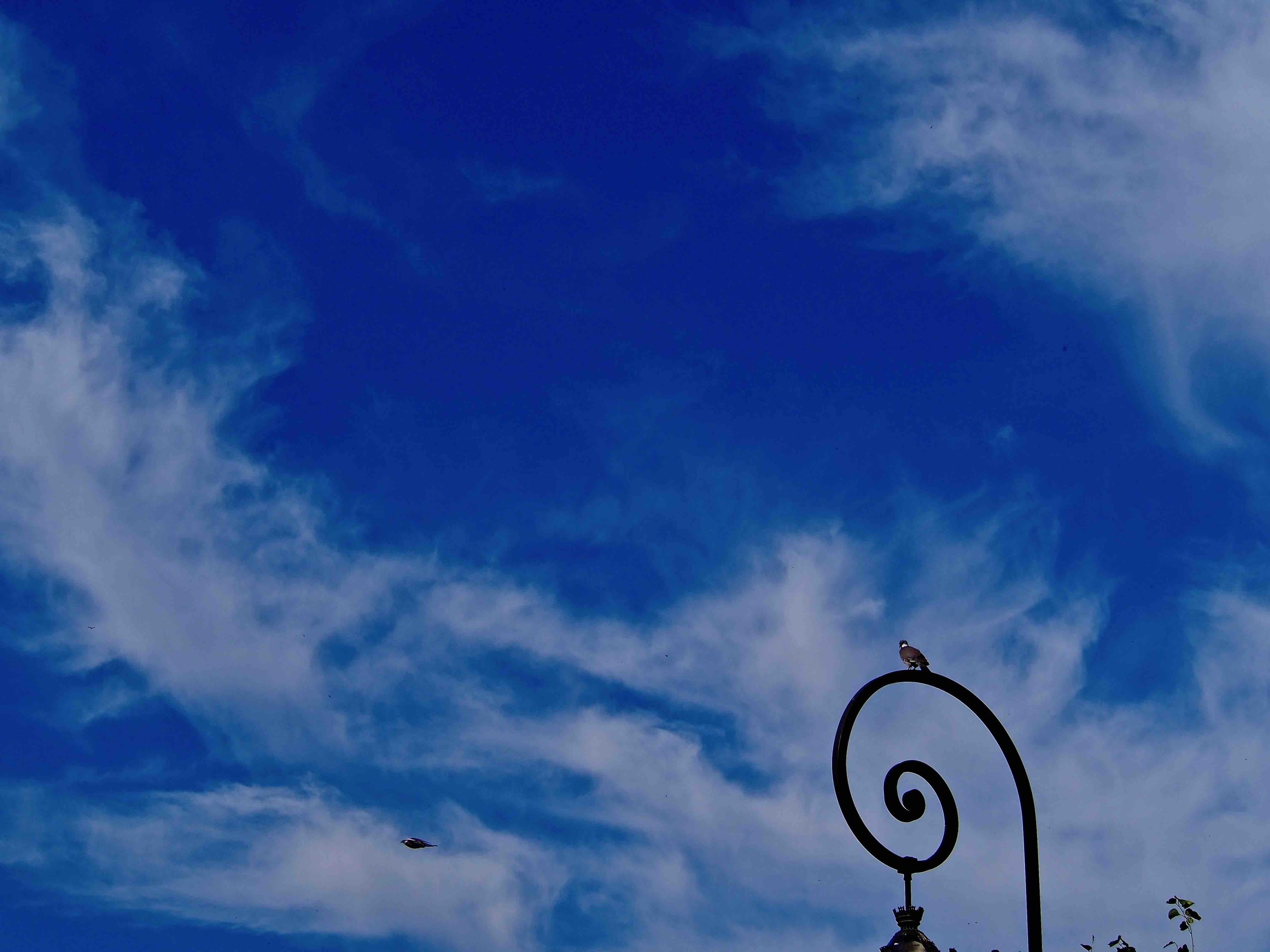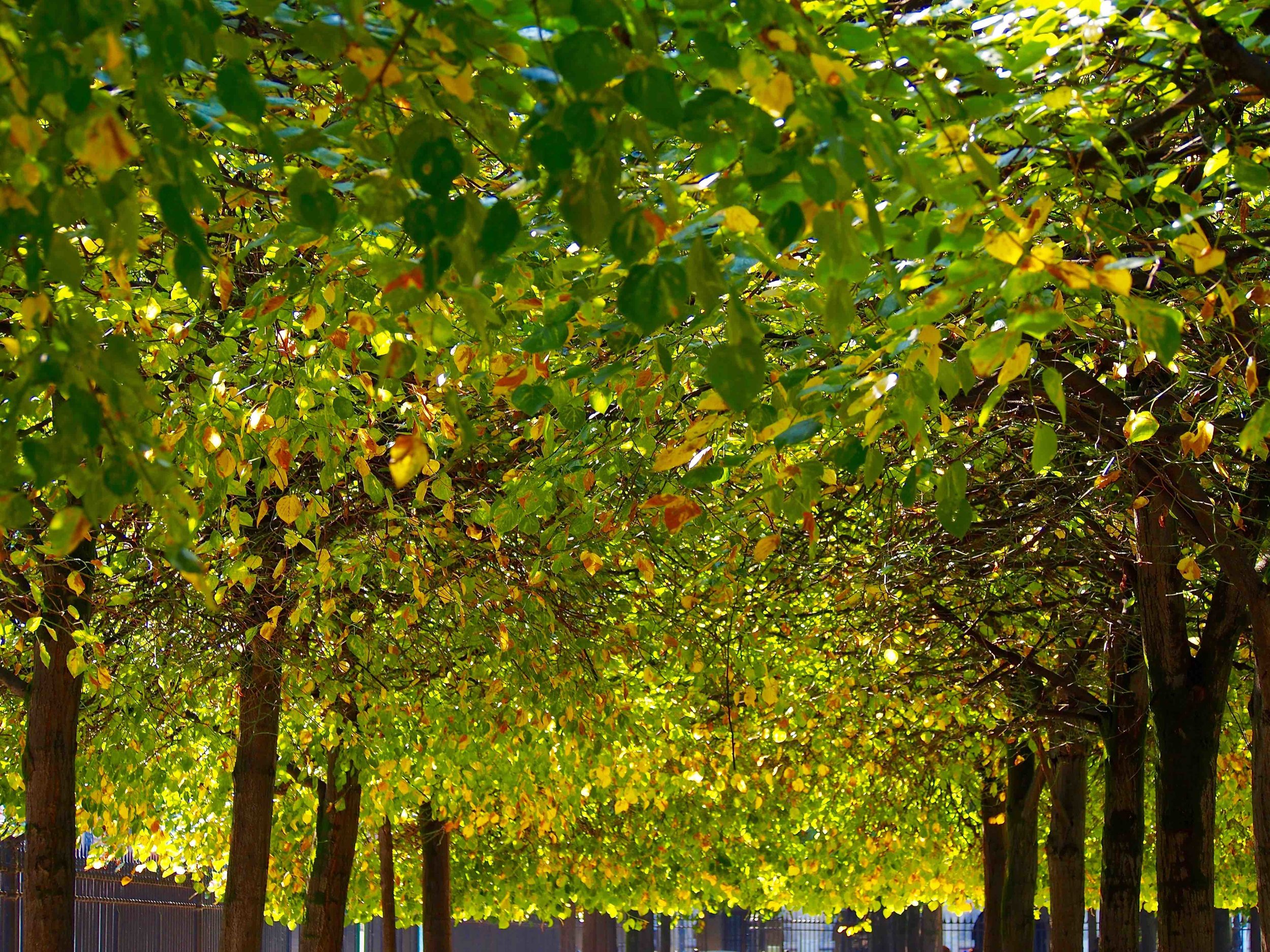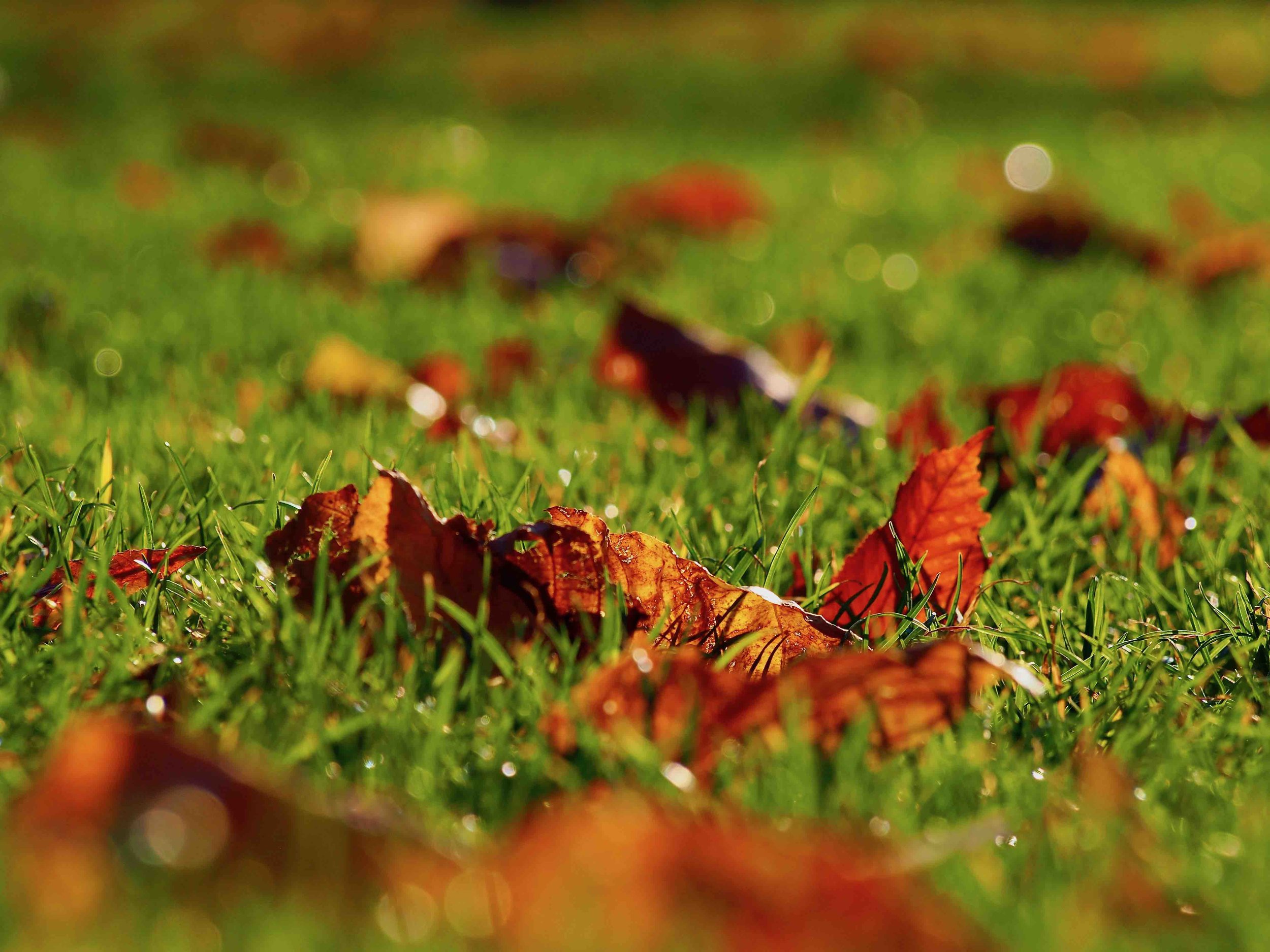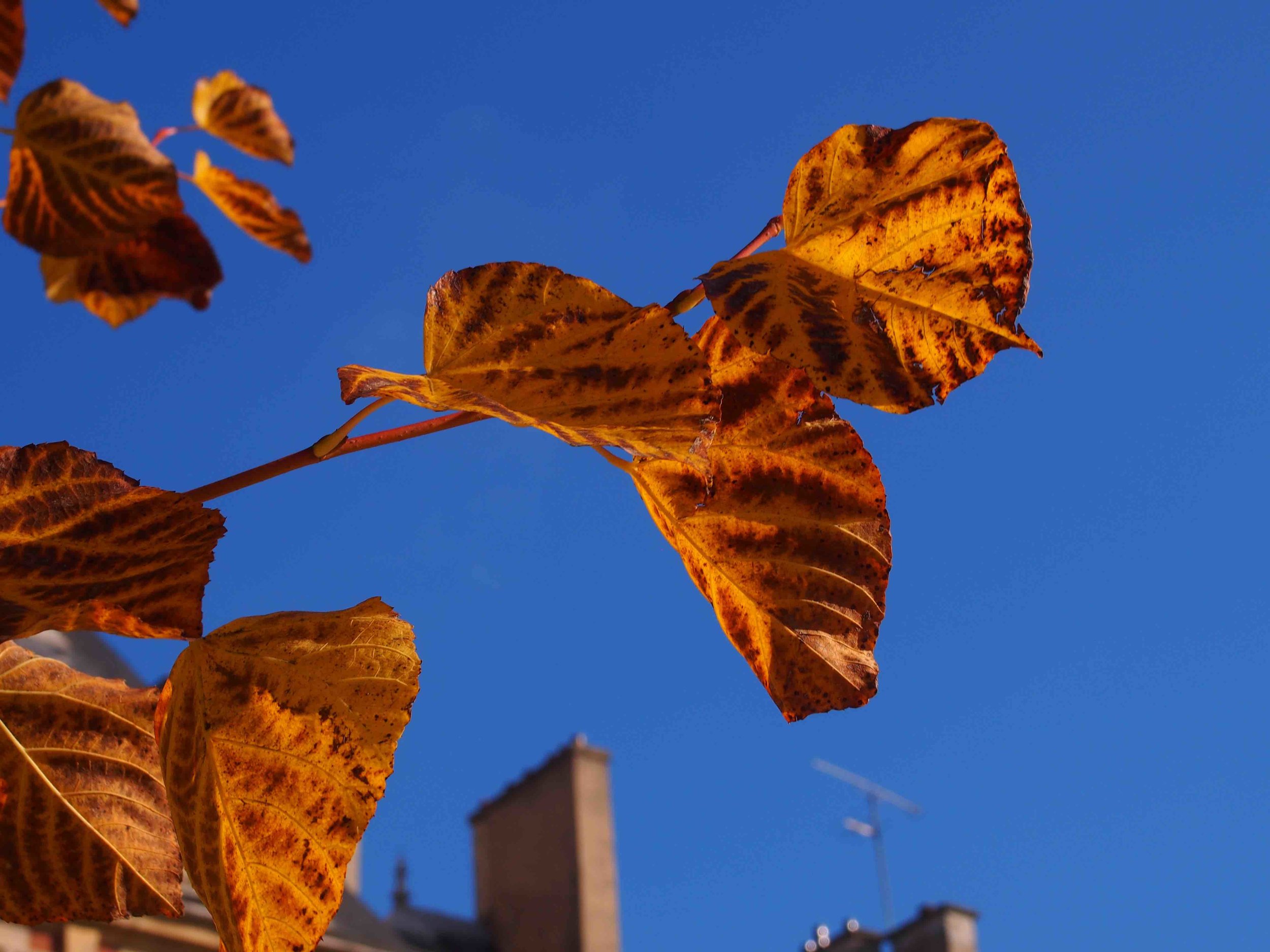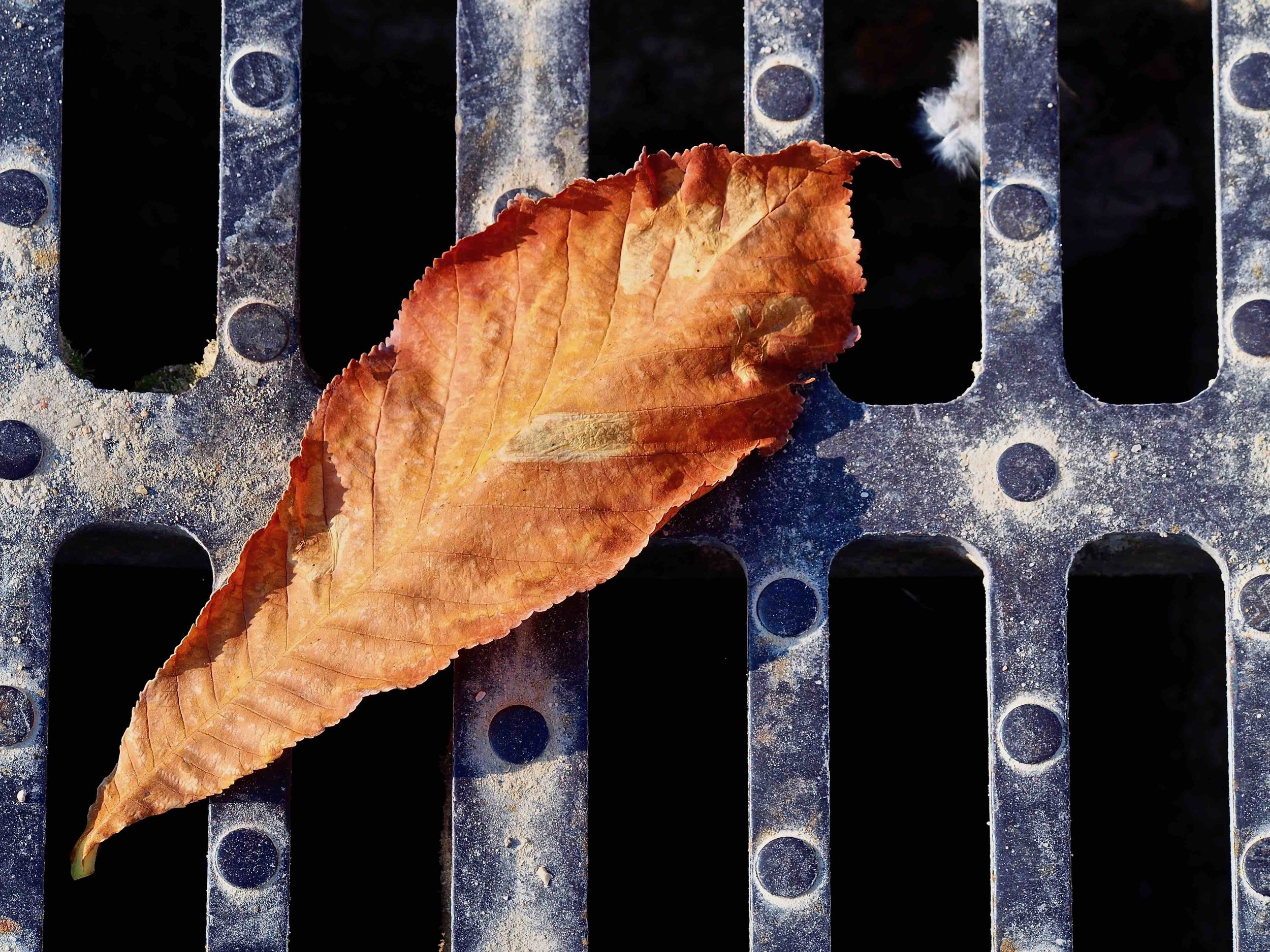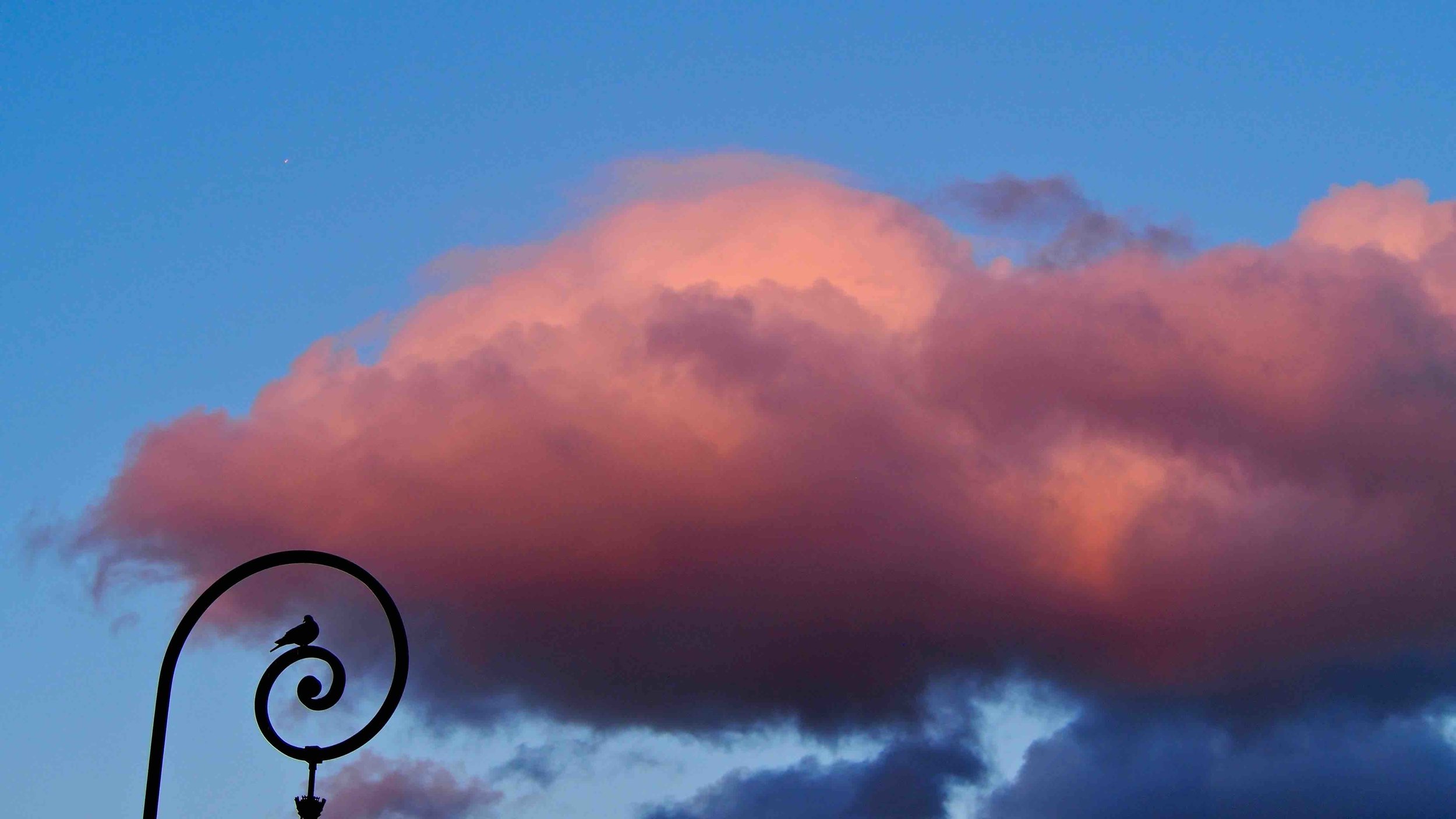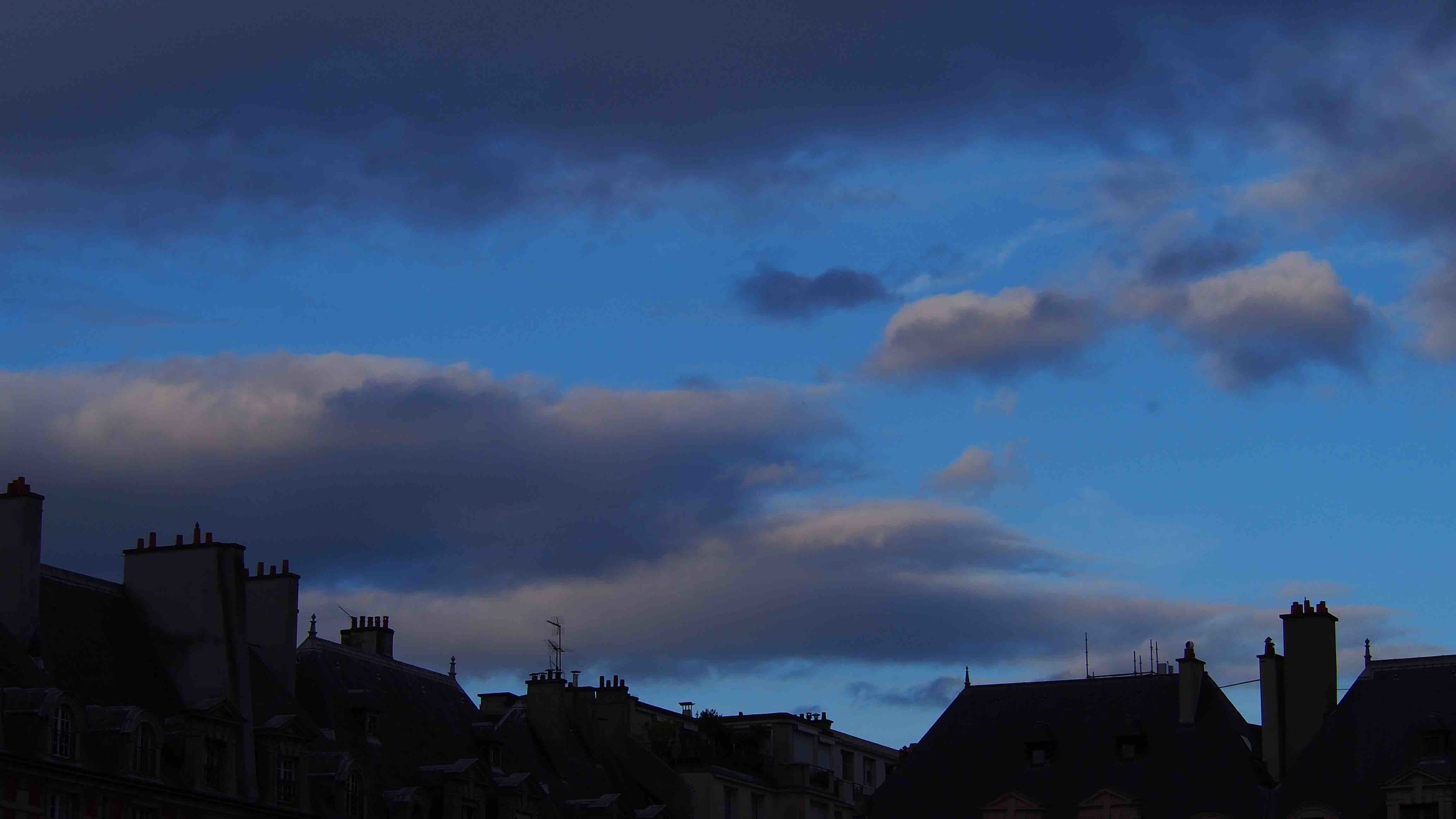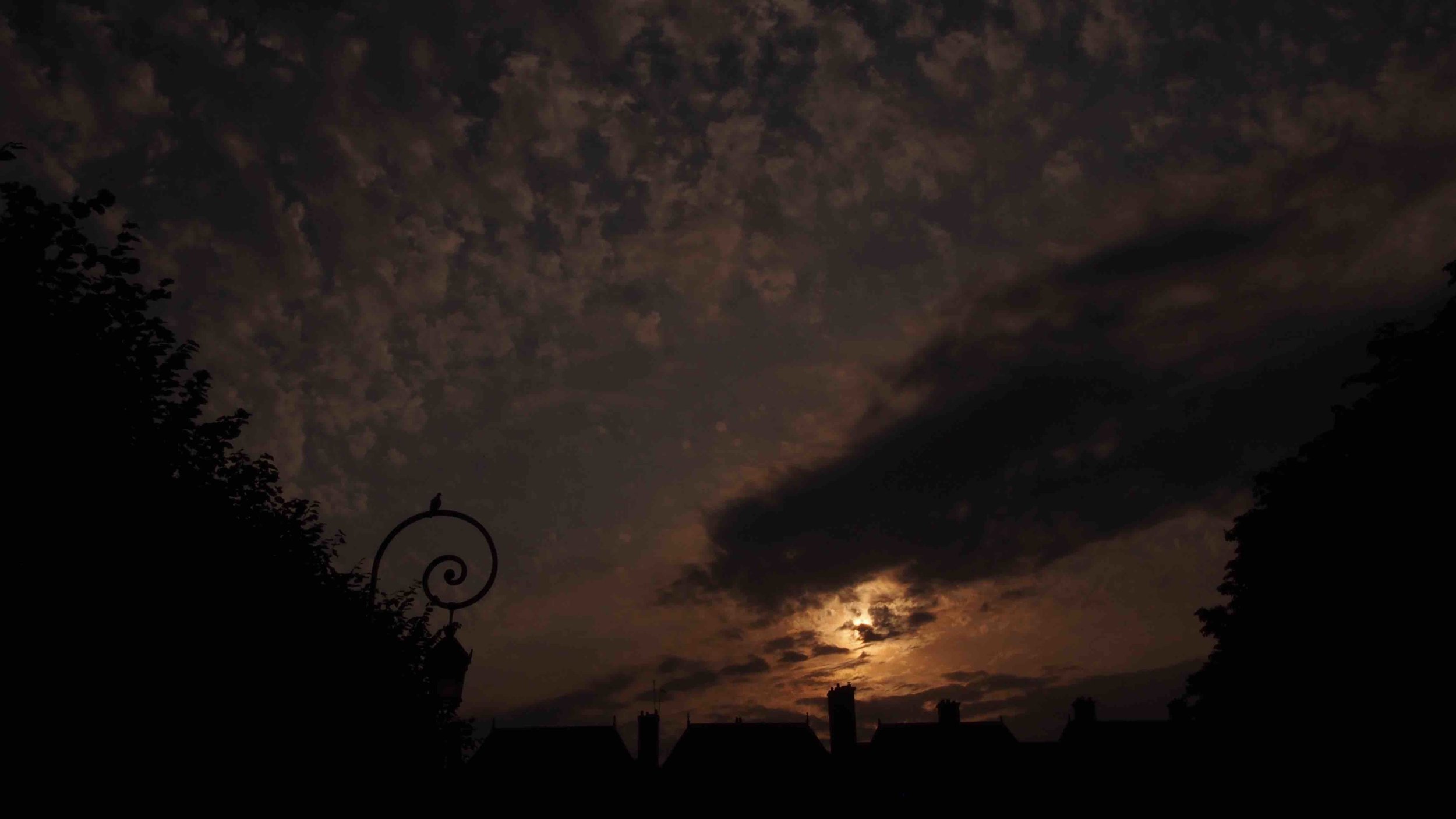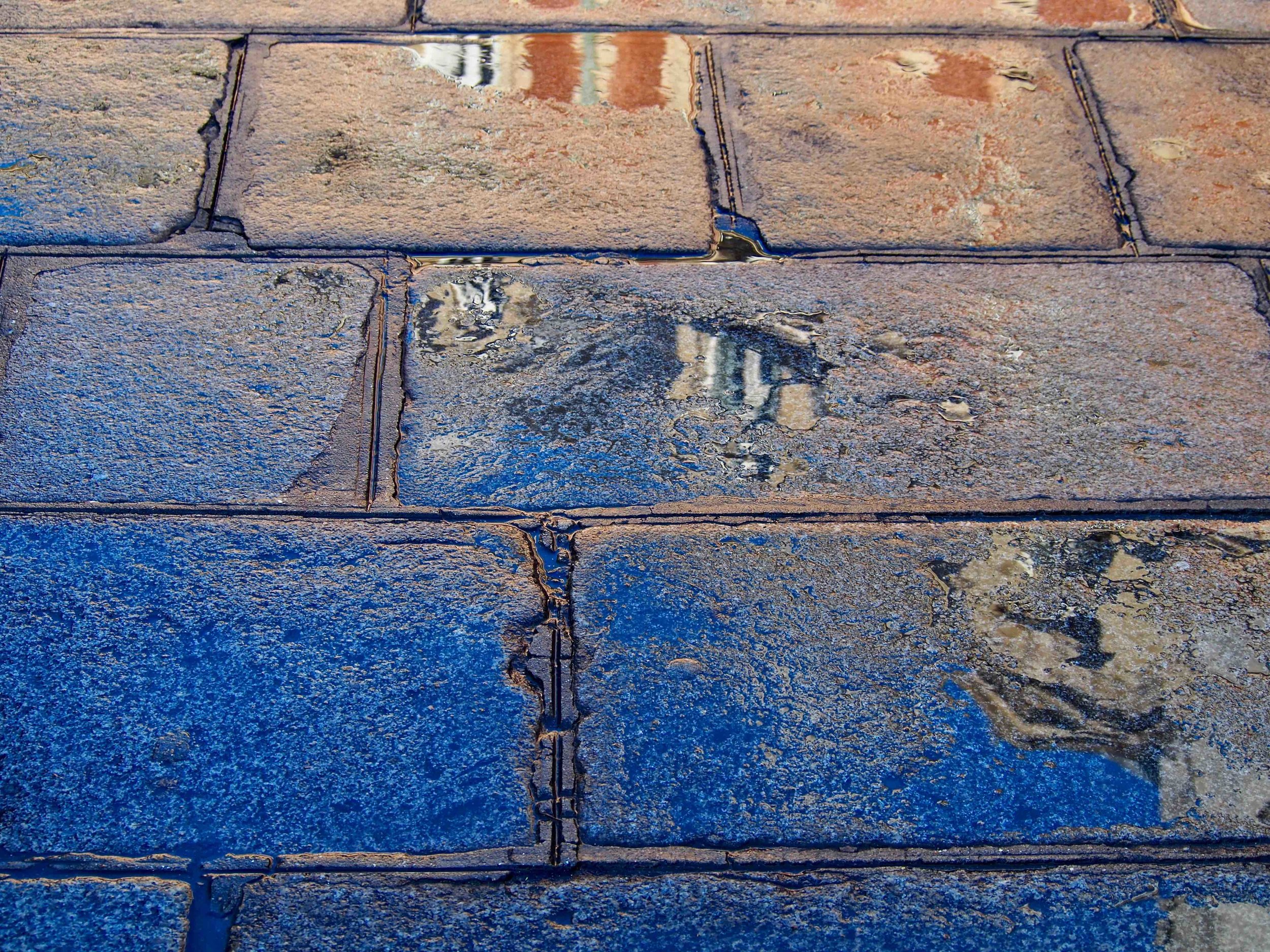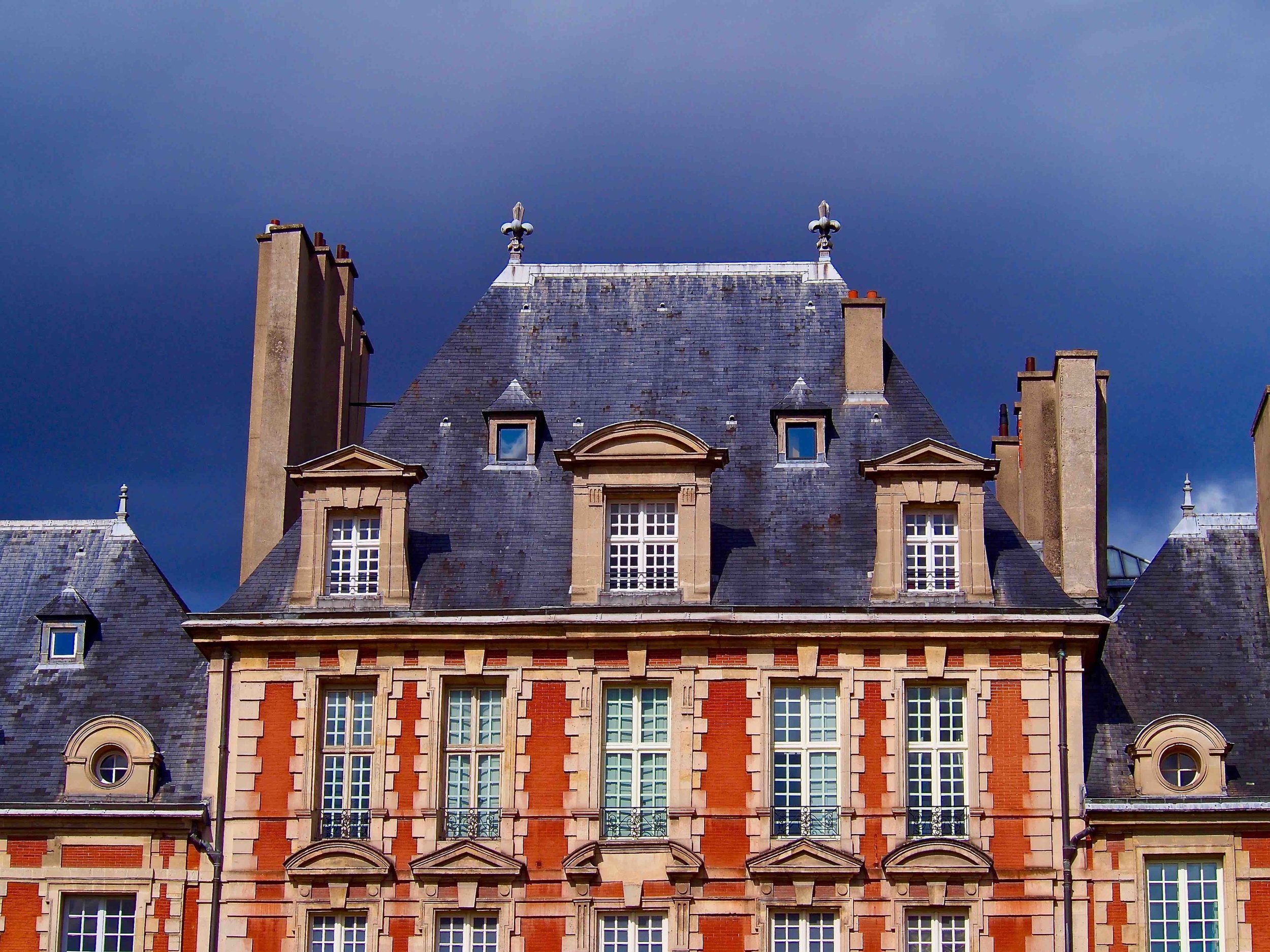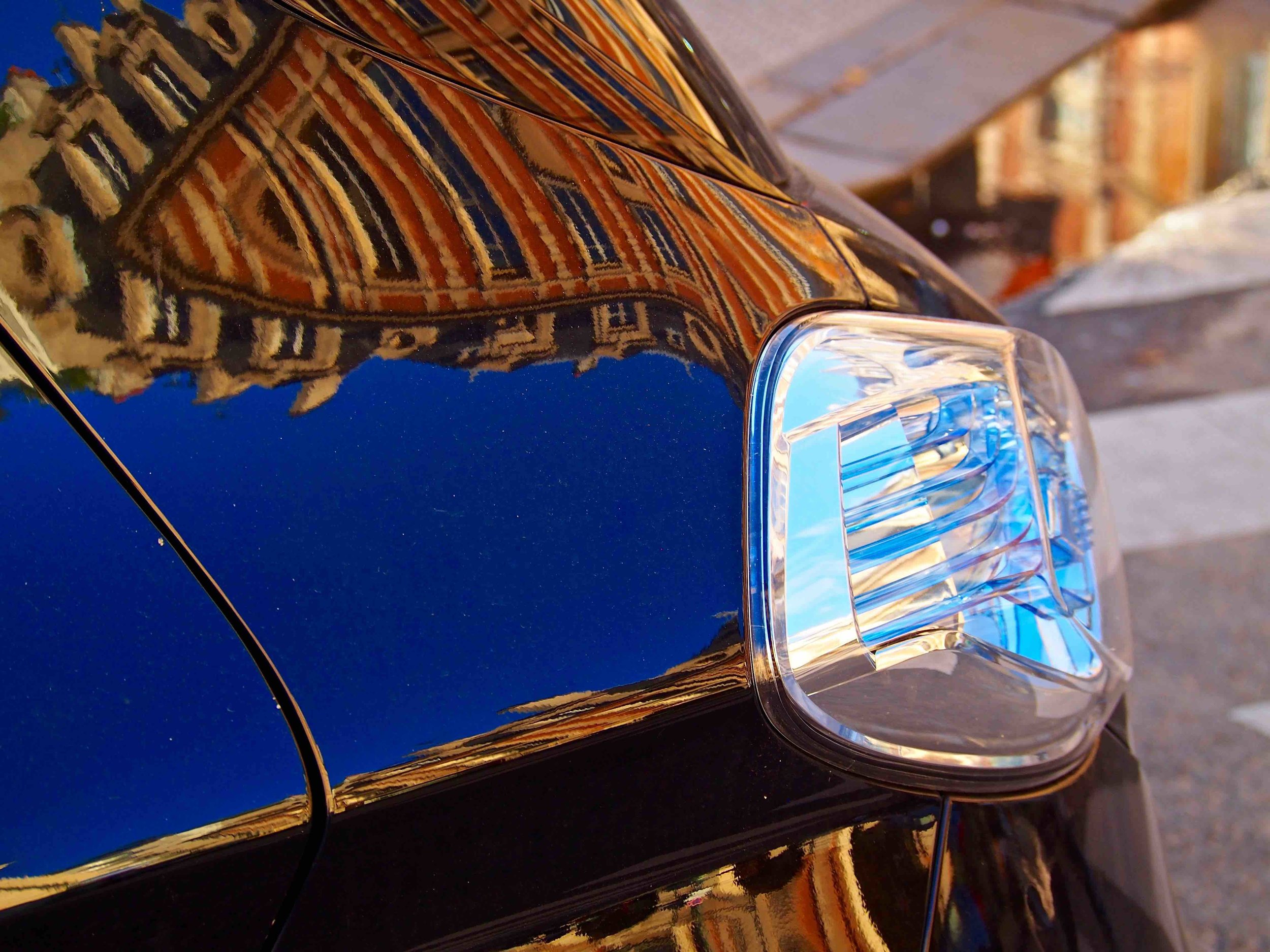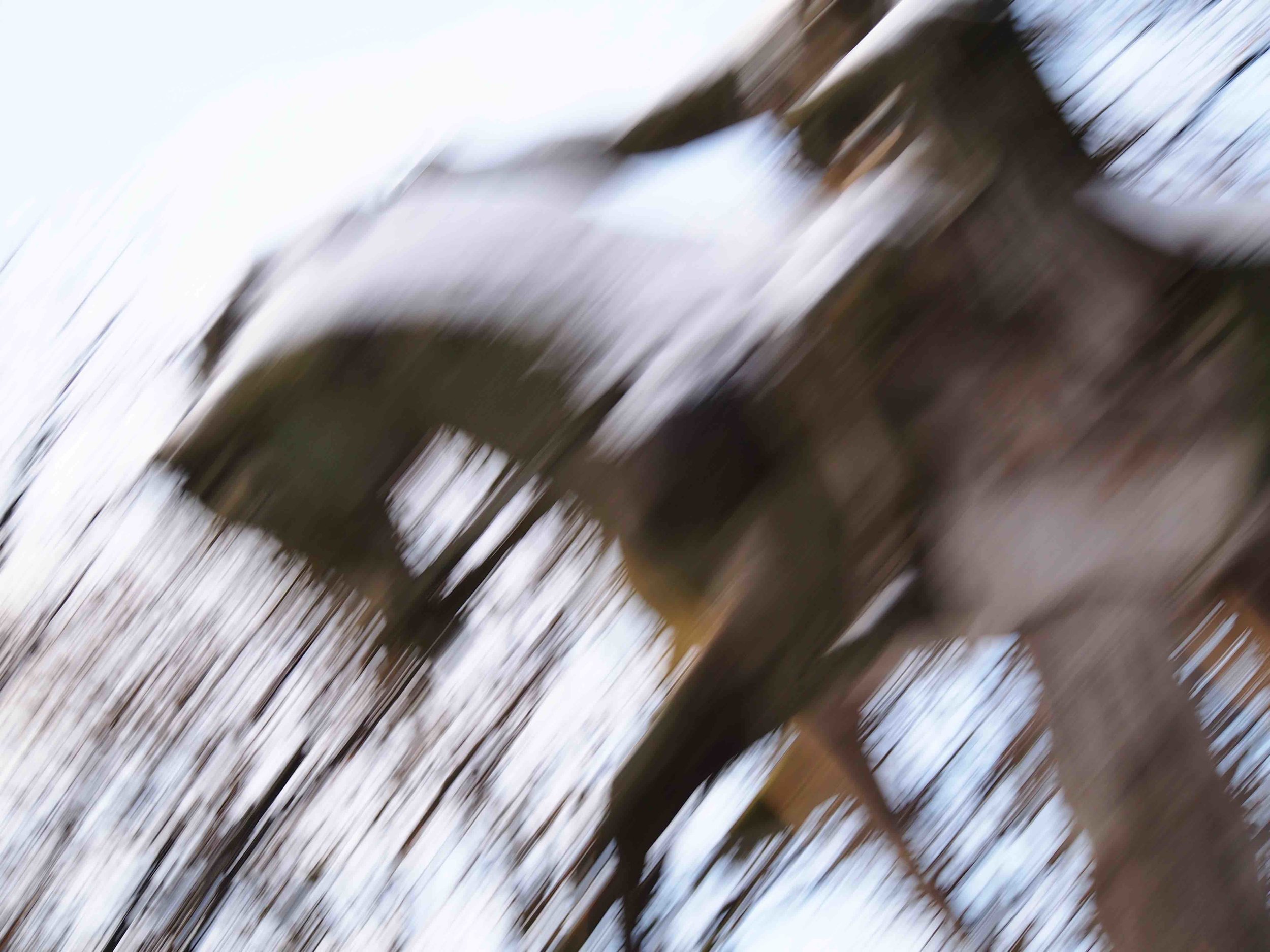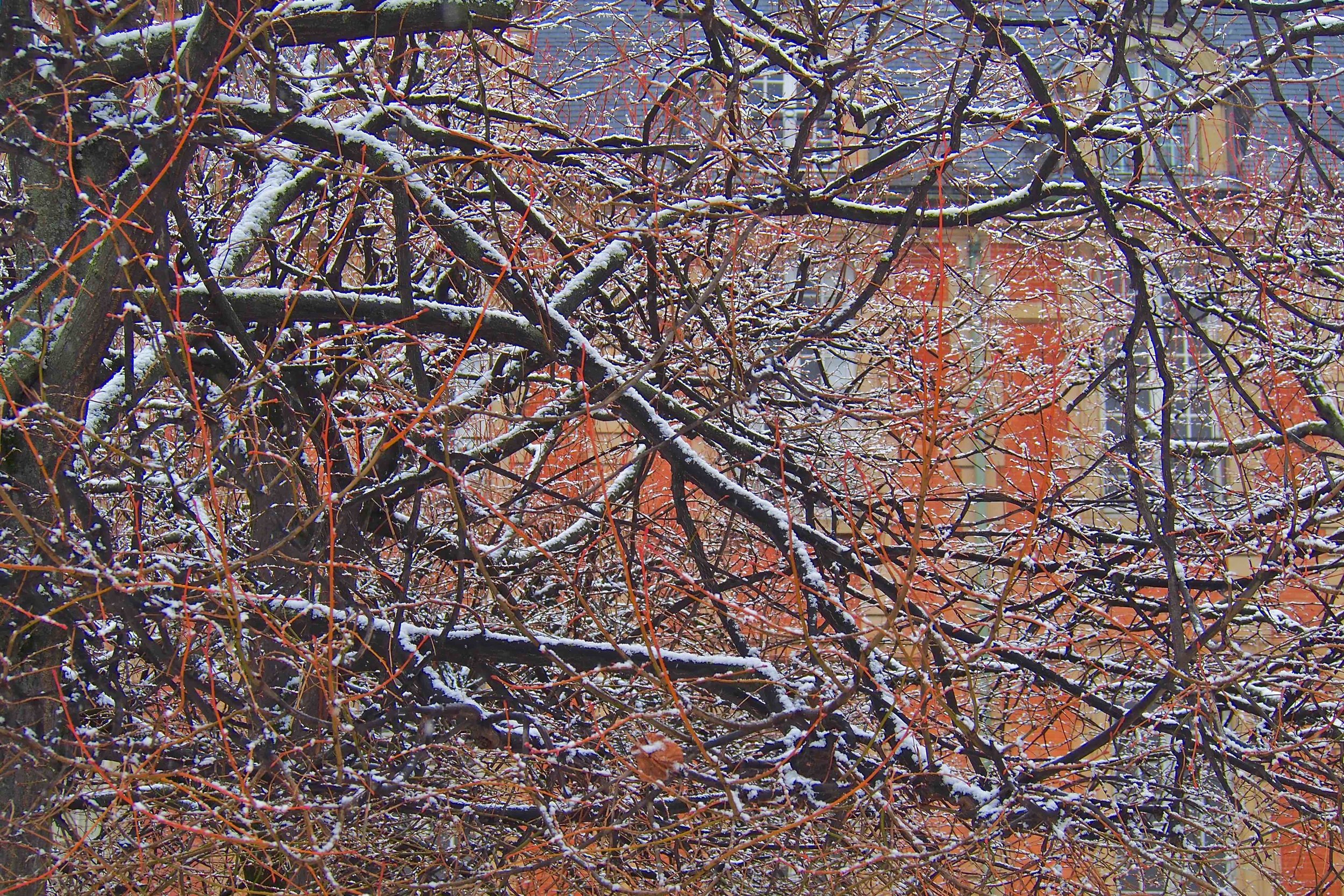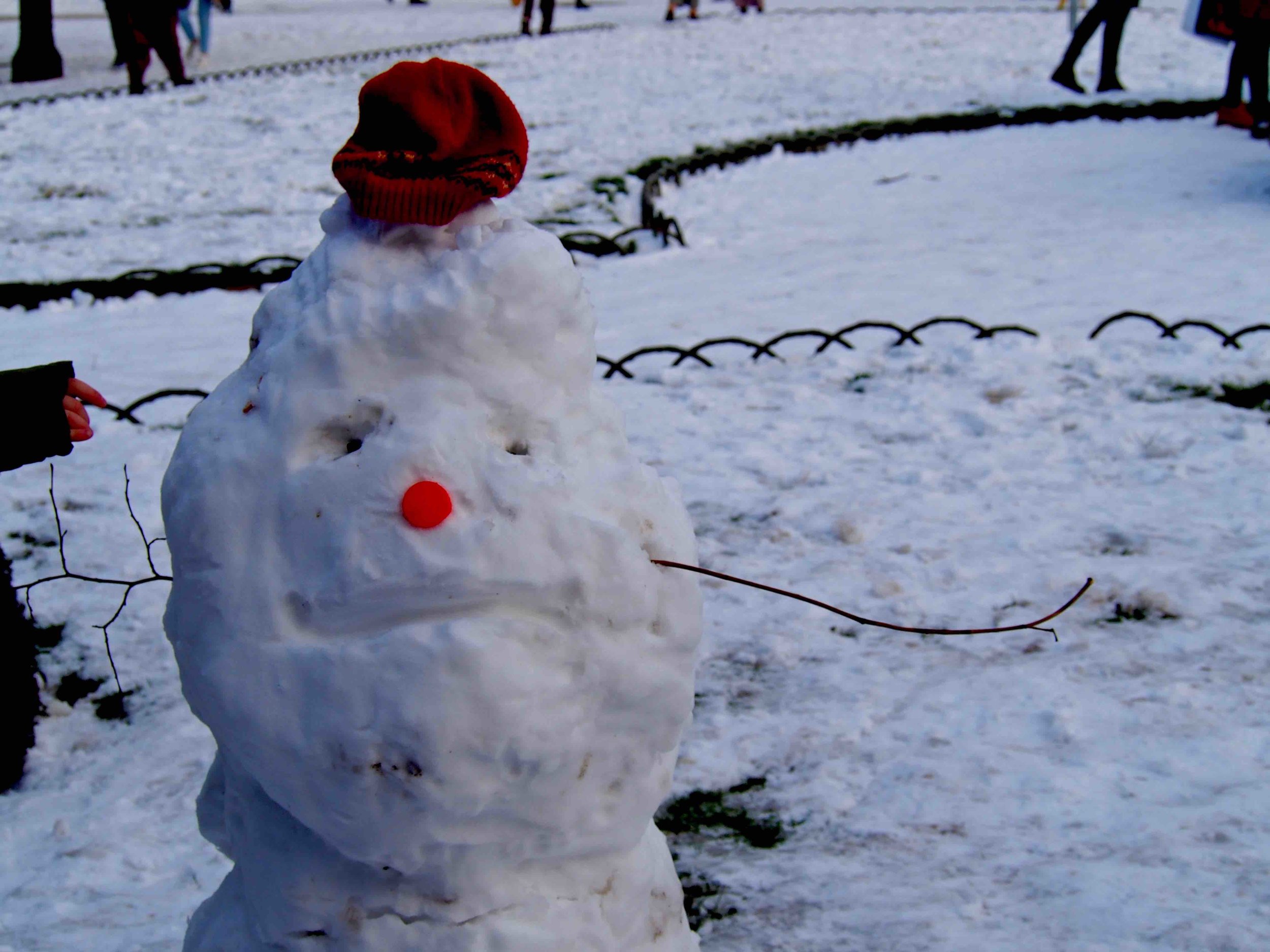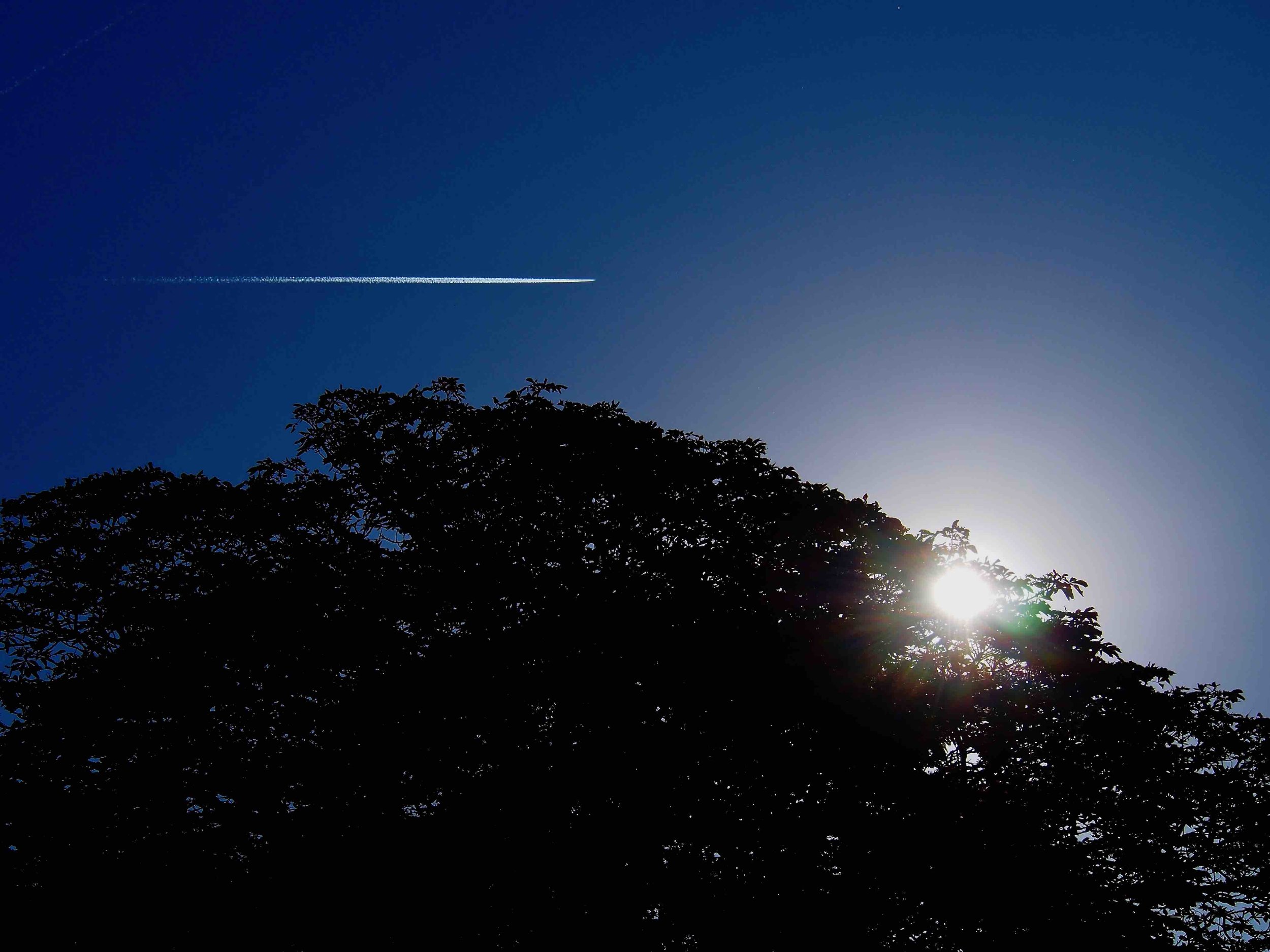A couple of years ago, a long-term student of mine entered my living room (which is also my teaching room) and exclaimed, “Oh, you have a mirror now!” He had noticed a body-length mirror hanging between two windows on one of the room’s walls.
I’ve lived in this apartment for about 16 years. The mirror has been on that wall since shortly after my wife and I moved in. My student took about 14 years of intermittent lessons before “he saw the mirror,” or before he was ready to see the mirror.
I tell this anecdote only to illustrate a universal truth: Our perceptions of the world are subjective and ever-changing, capable of expansion and contraction. In that moment, my student’s field of perception expanded somewhat and captured something that had been there all along.
Perception determines action. You perceive someone as a threat, and you act accordingly. But what if what you see isn’t really there, or what if what you don’t see is actually there? The threat might dissipate, and you react to the other person not as a foe but as a friend. Lives will be saved if you expand your field of perception. Your own life depends on it!

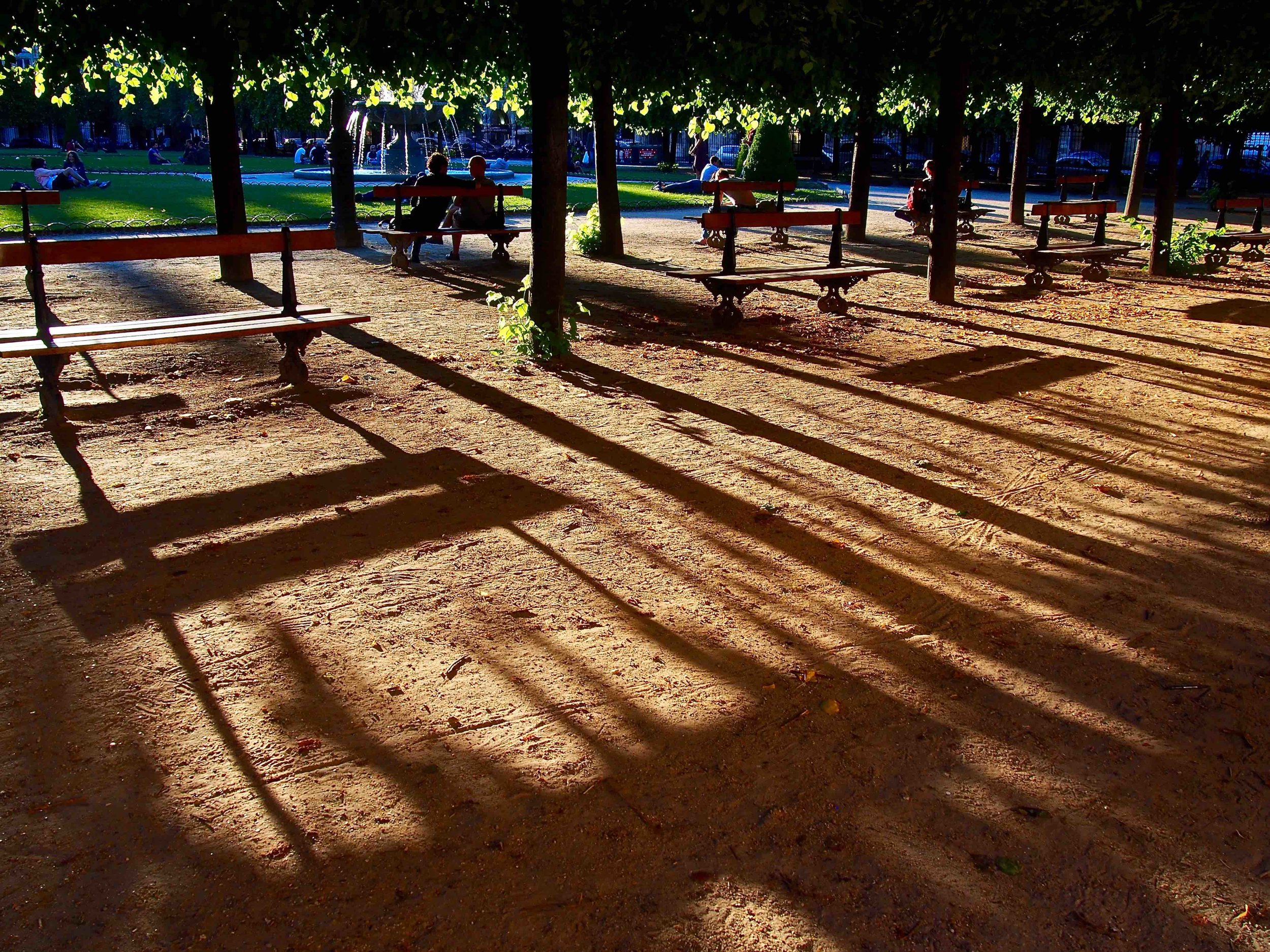

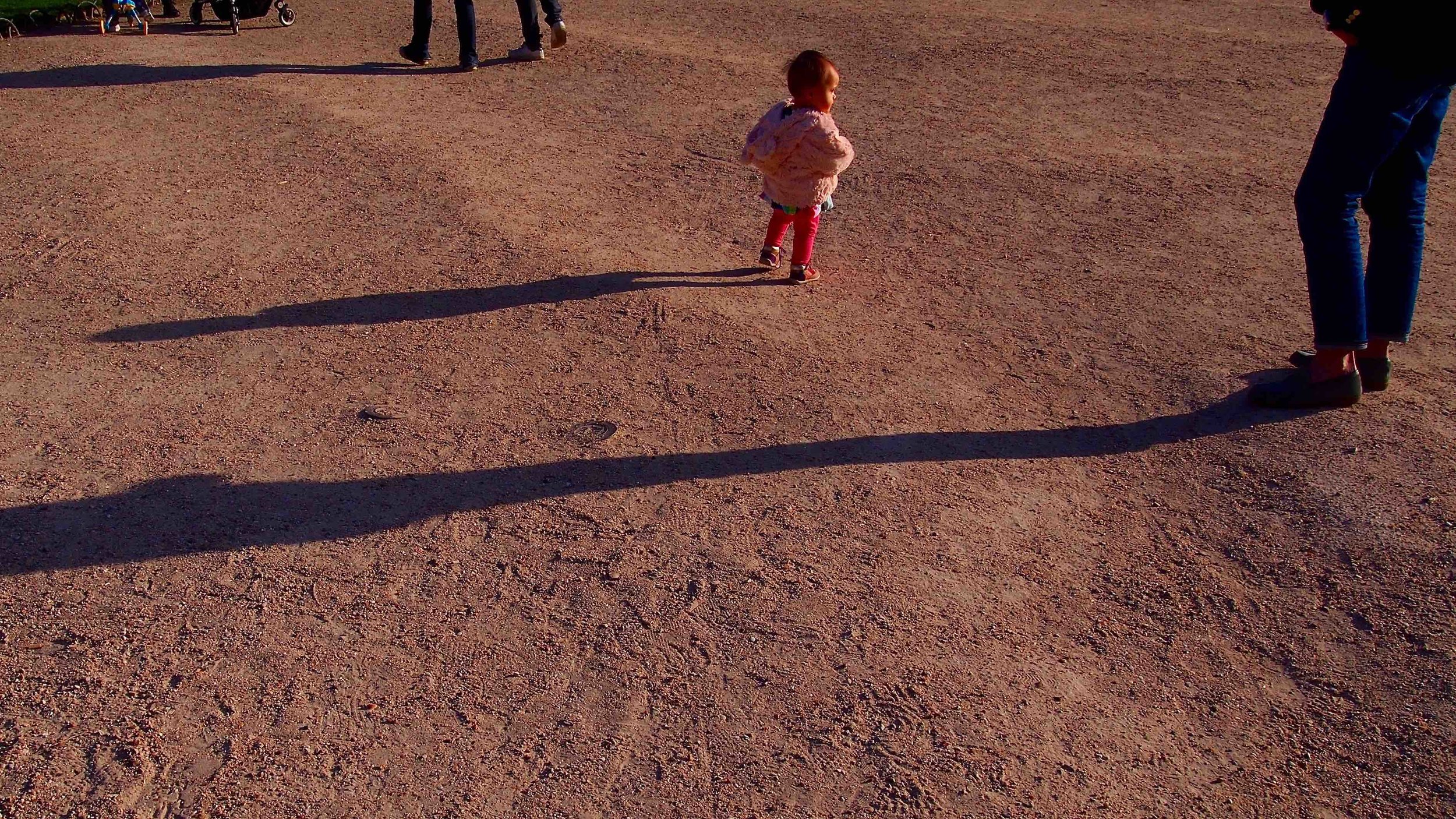
There are a million ways to enhance your perception, to see and hear more, to open up to the world all around you. This post is about one of those ways: Using a camera or your smartphone, choose an environment or person to document, and regularly take photos and video clips of the environment or person over two decades. Or, better still, over a lifetime.
I’ve lived in Paris for 28 years. One of my constants has been visiting the Place des Vosges. For three years I actually lived on the Place, though not with a view of it. For the past 16 years I’ve lived two blocks away from it. How many times have I walked it? I don’t know. Twice a week, on average, is plausible: there are days I go more than once, and weeks when I go most days, and weeks when I’m not in Paris. I’ll say I have walked it a thousand times, and I’ll mean it literally.
Every season; every day of the week; every hour of the day; every weather, rain and shine and snow; every mood of mine, sadness and joy, worry and gratitude. I’ve walked alone, and in company. I’ve taught there: cello lessons to a student who liked morning lessons when my downstairs neighbor wanted quiet; a breath-and-speech lesson to an Argentinian actor when roadworks made my apartment too noisy for dialogue; a couple of silent walk-lessons with a student who I felt needed to experience non-verbal communication. I’ve walked it wearing dress shoes, in sandals, barefoot.
I’ve walked it with nothing in my hands, and I’ve walked with a camera. How many shots? I really can’t know for sure. But I’ll say fifteen thousand photos, and I’ll mean it literally. Since I’ve walked the Place a thousand times, this works out to about 15 shots per walk. Not an unreasonable estimate.
The walks are . . . well, walks. Also meditations. And explorations, voyages into outer and inner space. They’re cleansing, therapeutic, inspiring. Sometimes I call the Place des Vosges my “garden of emotions.” Ask me a silly question: “Pedro, do you love the Place des Vosges?” I can’t answer right now, because I’m too busy having emotions while writing about my garden.
The Place des Vosges is, of course, a wonderful square in a wonderful city. But I believe that the meditations and explorations that it affords me could happen anywhere else: in public transportation, in other parks, in my own home, in an airplane, in any city, in any environment. If you walk around a shopping mall every day, and if you show an interest, and if you enter into the spirit of the meditation, you’ll see (and photograph, if you wish) endless marvels: windows, displays, corridors, elevators, escalators, lights, corners; plus people, people, and also a lot of people. There will be no two visits in which you’ll see the exact same shopping mall.
One day I’ll write a book about the Place des Vosges and all it has taught me over the decades. For the moment, what I want to say is that every time I walk it, I see things that I’ve never seen before—I mean, every time, every one of the thousand times I’ve walked it. This is partly because the canvas is extremely rich and detailed; partly because the Place is always changing under the changing skies; and partly because my field of perception keeps expanding. There are things I saw today, this very morning, that I was seeing for the first time, although they’ve been there—and in plain sight—forever and ever. Tomorrow I’ll go back to the Place, and walk it again, and see it anew.
We tend to conflate two events: (1) I saw something beautiful; (2) I saw something to which I was previously blind; my field of perception expanded; I found freedom and release. The conflation makes us want to exclaim, “Look! It’s so beautiful! Can’t you see? Wow!” This is an expression of the freedom and release, as much as a response to something we actually consider beautiful. Ultimately, we don’t need beautiful things to look at; we only need the passage from not-seeing to seeing. This passage, which happens totally inside our own brains (by which I mean eyes, brains, hearts, and souls), is the most beautiful of all things. The mystically minded will understand that this is a conversion or epiphany.
UFO LANDS IN PARIS SQUARE, ABDUCTS FOREIGNER. WIFE HAPPY.
©2018, Pedro de Alcantara
